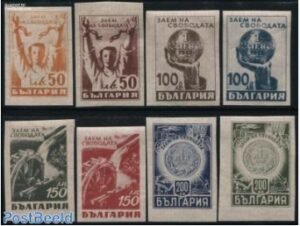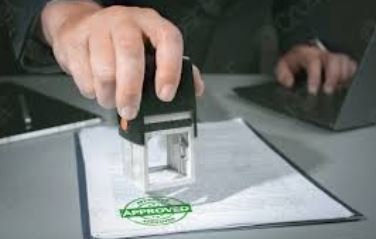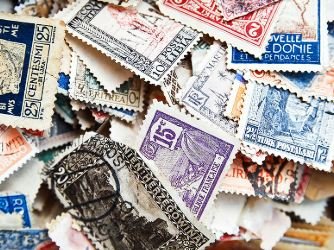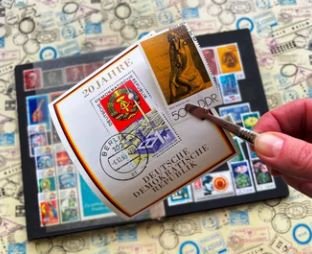Stamp collecting has evolved from a simple hobby into a serious form of investment for collectors and investors alike. Stamp collecting and investment offer the opportunity to build a valuable collection, potentially unlocking hidden treasures that can be appreciated over time. However, as with any investment, there are risks involved. Without proper knowledge, it’s easy to get burned by bad investments. This article explores the exciting world of stamp collecting and investment, shedding light on both the potential rewards and the common pitfalls that come with it.
The Appeal of Stamp Collecting as an Investment
Stamp collecting and investment have become more appealing in recent years due to the potential financial rewards. Stamps, especially rare and historically significant ones, can appreciate dramatically in value. For instance, iconic stamps like the British Guiana 1c Magenta or the Inverted Jenny have sold for millions of dollars. For those with the right knowledge, stamp collecting and investment can be a highly profitable venture.

But what makes stamp collecting a good investment? The answer lies in rarity, condition, and historical significance. Stamps are typically issued in limited quantities, and some prints may contain errors, which can make them exceptionally rare. The condition of a stamp is also critical, as even a minor flaw can significantly reduce its value. For those who are able to identify stamps with investment potential, stamp collecting and investment can be a rewarding way to diversify a portfolio.
Discovering Hidden Treasures in Stamp Collecting
One of the most exciting aspects of stamp collecting and investment is the possibility of finding hidden treasures. Many collectors start out of passion, not anticipating the potential for financial gain, but discovering a rare stamp that could appreciate in value is part of the thrill. Whether it’s an overlooked stamp in a family collection or an auction find, discovering valuable stamps is part of the charm of stamp collecting and investment.
The key to uncovering hidden treasures lies in knowledge. Understanding the different printing techniques, historical contexts, and identifying errors or misprints can help you spot rare stamps that others might miss. With the right research and expertise, stamp collecting and investment offers a wealth of opportunity for discovering undervalued stamps that may become highly sought after in the future.
The Risks of Stamp Collecting and Investment
As with any form of investment, stamp collecting and investment carry risks. The most significant risk is that stamp values are not guaranteed to increase. While some stamps have seen huge increases in value, others may not hold their worth or may even decrease. Factors like changing collector tastes, the introduction of counterfeit stamps, or a decline in interest can all impact the market for stamps.
Another risk in stamp collecting and investment is the possibility of purchasing counterfeit or misrepresented stamps. The market for rare stamps has attracted forgeries, which can be difficult to distinguish from authentic items. Without a solid understanding of stamp printing techniques, security features, and proper authentication methods, you might end up paying a premium for a counterfeit. This is why expert advice and certification are important in stamp collecting and investment to avoid such mistakes.

Understanding stamp printing techniques is crucial for both new and seasoned collectors who want to fully appreciate the craftsmanship behind each stamp. From intricate engravings to vibrant offset prints, each printing method influences the design, quality, and value of the stamp. By learning about these techniques, collectors can gain deeper insight into the historical significance of stamps and avoid common mistakes when acquiring or evaluating them.
How to Avoid Bad Investments in Stamp Collecting
While stamp collecting and investment can be highly rewarding, avoiding bad investments is crucial. Here are some tips to ensure that your investments are well-placed:
- Educate Yourself
Before diving into stamp collecting and investment, it’s vital to understand the basics of philately. Learn about different printing methods, historical significance, and what makes stamps valuable. A solid understanding of these factors will help you make informed decisions. - Consult with Experts
If you are serious about stamp collecting and investment, consider consulting with experienced philatelists or appraisers. They can provide valuable insights into which stamps are likely to appreciate and which ones are overpriced or counterfeit. - Invest in Proven Values
Focus on stamps with proven investment potential. Some stamps, such as those from limited print runs or those with printing errors, have a history of increasing in value. While stamp collecting and investment can be speculative, investing in established rarities is a safer bet. - Examine the Condition
Condition is a key factor in the value of any stamp. A rare stamp in poor condition can be worth far less than one in mint condition. When considering stamp collecting and investment, always examine the stamp’s condition carefully before purchasing. Pay attention to things like centering, perforations, and gum quality. - Avoid Emotional Buying
It’s easy to get carried away when you find a stamp that you love, but avoid making impulsive purchases. Overpaying for a stamp because of its emotional appeal can lead to bad investments in the long term. Stick to your research and budget to avoid getting burned in stamp collecting and investment.
Conclusion
Stamp collecting and investment offer exciting opportunities for both collectors and investors. By discovering rare and historically significant stamps, you can unlock hidden treasures that may appreciate in value over time. However, it’s important to be cautious and well-informed. Understanding the risks, doing thorough research, and consulting with experts are crucial steps to avoid the common missteps that can lead to bad investments. With the right knowledge and strategy, stamp collecting and investment can be a rewarding and profitable pursuit, adding both beauty and value to your collection.




